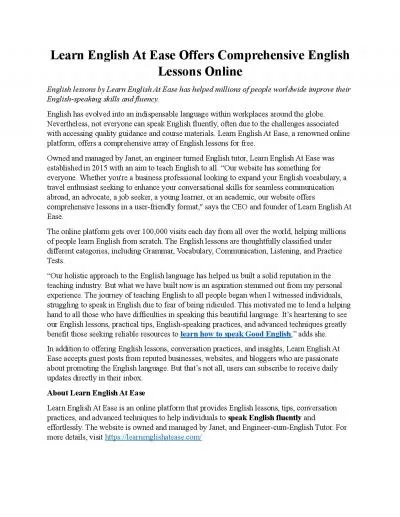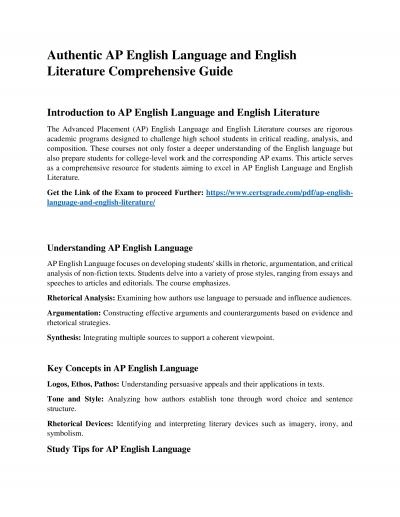PDF-Old English i-umlaut (for the umpteenth time)
Author : pasty-toler | Published Date : 2015-11-22
John Anderson Abstract This paper offers an account of umlaut in Old English based on lexical minimality the elimination of redundancies from in this case the phonological
Presentation Embed Code
Download Presentation
Download Presentation The PPT/PDF document "Old English i-umlaut (for the umpteenth ..." is the property of its rightful owner. Permission is granted to download and print the materials on this website for personal, non-commercial use only, and to display it on your personal computer provided you do not modify the materials and that you retain all copyright notices contained in the materials. By downloading content from our website, you accept the terms of this agreement.
Old English i-umlaut (for the umpteenth time): Transcript
Download Rules Of Document
"Old English i-umlaut (for the umpteenth time)"The content belongs to its owner. You may download and print it for personal use, without modification, and keep all copyright notices. By downloading, you agree to these terms.
Related Documents

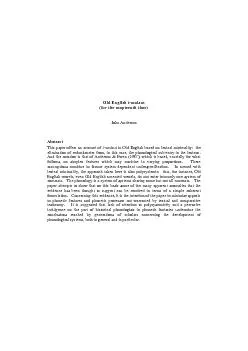
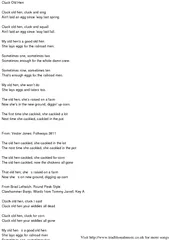
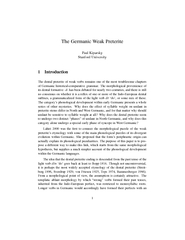
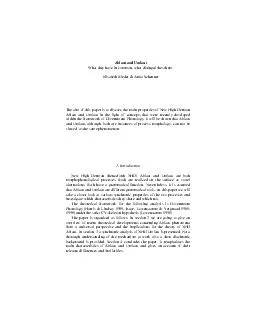
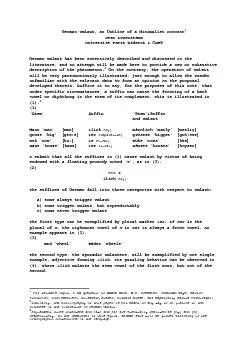

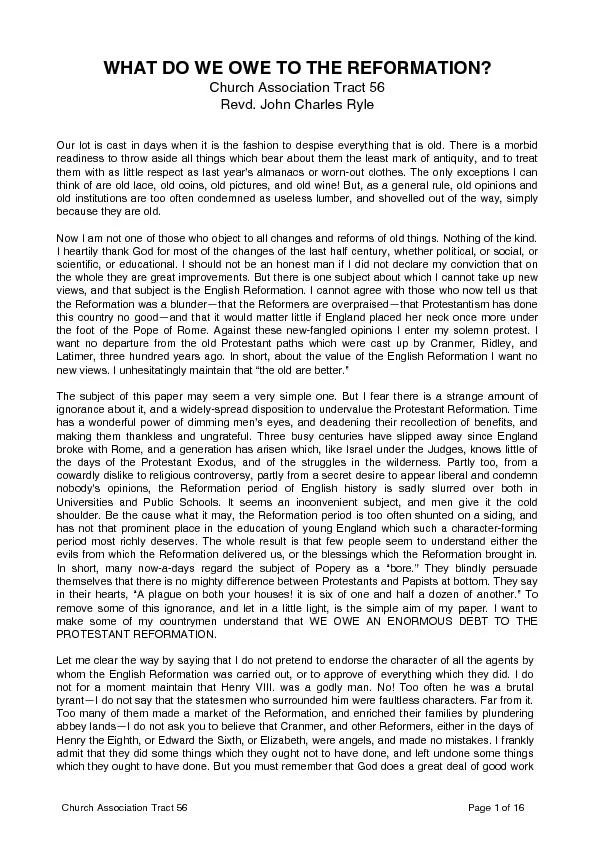
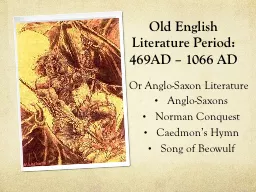
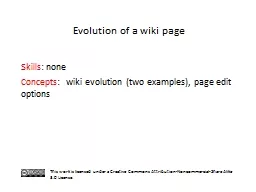


![get [PDF] Download West\'s Spanish English English Spanish Law Dictionary: Translations](https://thumbs.docslides.com/1019677/get-pdf-download-west-s-spanish-english-english-spanish-law-dictionary-translations-of-terms.jpg)
